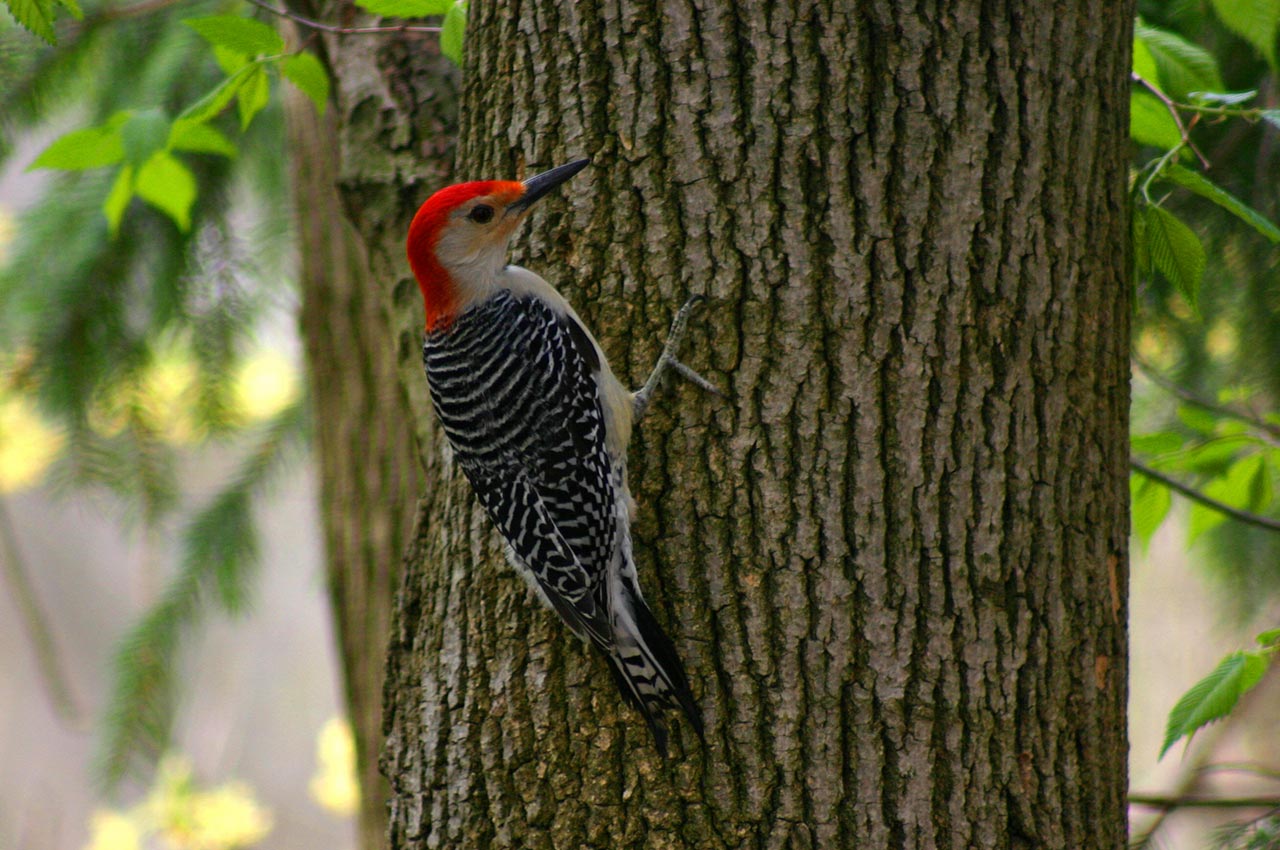Observing Woodpeckers in Florida: Types Diversity and Distribution
Woodpeckers Unleashed: Discovering the Wonders of These Competent Tree Climbers
Woodpeckers, with their distinctive markings and rhythmic drumming echoing via wooded areas, hold an unique place in the avian globe. Their specialized composition and adjustments allow them to navigate upright surfaces with unparalleled ability. Nonetheless, their proficiency of tree climbing is just one facet of their fascinating actions. As we look into the detailed details of woodpeckers' nesting behaviors, feeding methods, and the recurring conservation efforts to secure these remarkable birds, a much deeper appreciation for their location in nature unravels.
Makeup and Adaptations
When analyzing the anatomy and adaptations of woodpeckers, one can observe impressive functions that allow these birds to flourish in their specialized ecological niche. Additionally, woodpeckers have zygodactyl feet, with two toes encountering onward and two facing backward, giving a company hold on tree trunks while they search for food or drum for interaction.
In addition, woodpeckers have a special tongue structure that is long, barbed, and sticky, enabling them to remove bugs from crevices in wood. This customized adjustment allows woodpeckers to manipulate a food resource that is inaccessible to many various other bird types. Overall, the makeup and adaptations of woodpeckers display the exceptional evolutionary remedies that have permitted these birds to flourish in their arboreal environment.
Drumming Behavior
Having actually discovered the anatomy and adjustments of woodpeckers, the focus currently shifts to recognizing their drumming behavior, a distinct aspect of their interaction and territorial screens. Drumming is a vital kind of communication amongst woodpeckers, offering numerous functions such as developing regions, attracting friends, and signaling alarm. Each woodpecker species has an one-of-a-kind drumming pattern that helps people identify members of their own varieties and identify them from competitors or killers.
Woodpeckers produce drumming noises by rapidly pecking on powerful surfaces such as dead trees, energy poles, or even steel objects, producing a collection of balanced beats. The intensity and rate of drumming can vary based on the objective; for example, a fast drumming series may indicate aggression towards trespassers, while a slower and softer drumming pattern can indicate courtship (Woodpeckers in Florida). In addition, woodpeckers might adjust the frequency and duration of their drumming to communicate specific messages properly
Nesting Habits
Exploring the nesting routines of woodpeckers discloses remarkable understandings into their reproductive behaviors and habitat options. Woodpeckers are understood for their one-of-a-kind nesting preferences, often check my reference excavating cavities in trees to produce sheltered areas for elevating their young. These tooth cavities offer not just as a nesting website yet also as a protected haven click here to read from killers and inclement climate.
Woodpeckers show a high degree of fidelity to their nesting sites, typically going back to the exact same place every year. This habits highlights the value of appropriate habitat availability for their reproductive success. The selection of a nesting site is critical for woodpeckers, with variables such as tree varieties, elevation, and decay stage playing significant functions in their decision-making process.
Interestingly, some woodpecker species are recognized to dig deep into several dental caries within their region, supplying themselves with alternate nesting options. This approach might act as a kind of insurance policy against potential hazards or disruptions to their primary nesting website.

Feeding Strategies
One of the most unique feeding behaviors of woodpeckers is drumming, which involves rapid pecking on trees to discover bugs below the bark. Woodpeckers are also known to dig deep into tooth cavities in trees to accessibility hidden insect larvae or sap. Some types, like the acorn woodpecker, store nuts in specially created openings called granaries.
Preservation Initiatives
Amidst the detailed feeding strategies displayed by woodpeckers, the conservation initiatives intended at protecting these fascinating birds play an essential duty in protecting their habitats and populations. Woodpeckers encounter different risks to their survival, consisting of habitat loss due to logging, environment change modifying their communities, and collisions with manufactured structures such as structures and cars - Woodpeckers in Florida. Preservationists are actively functioning to deal with these obstacles and guarantee the long-term health of woodpecker species

Education and public awareness campaigns are also essential elements of woodpecker conservation initiatives. By increasing awareness concerning the significance of these birds in keeping healthy and balanced forest ecosystems, conservationists can amass assistance for habitat preservation initiatives and advertise accountable land monitoring methods. Through joint efforts in between researchers, policymakers, and regional areas, we can collaborate to protect a future Get More Information where woodpeckers grow in their natural environments.
Conclusion
